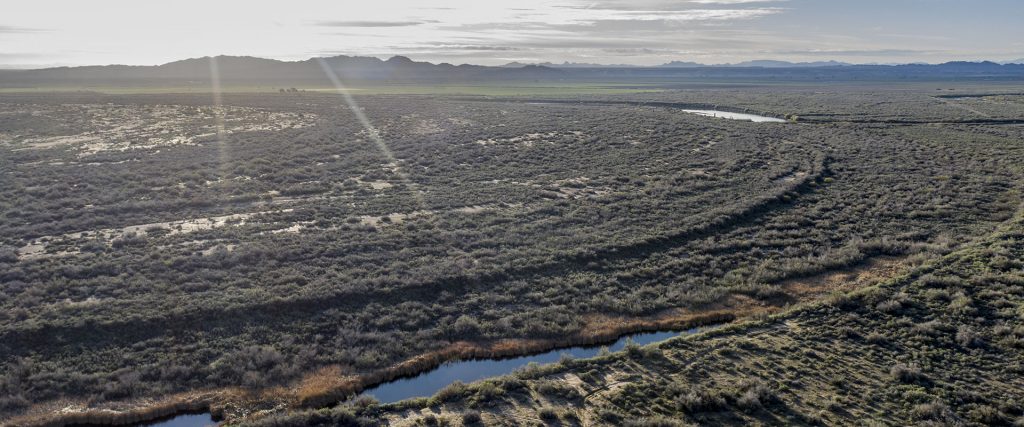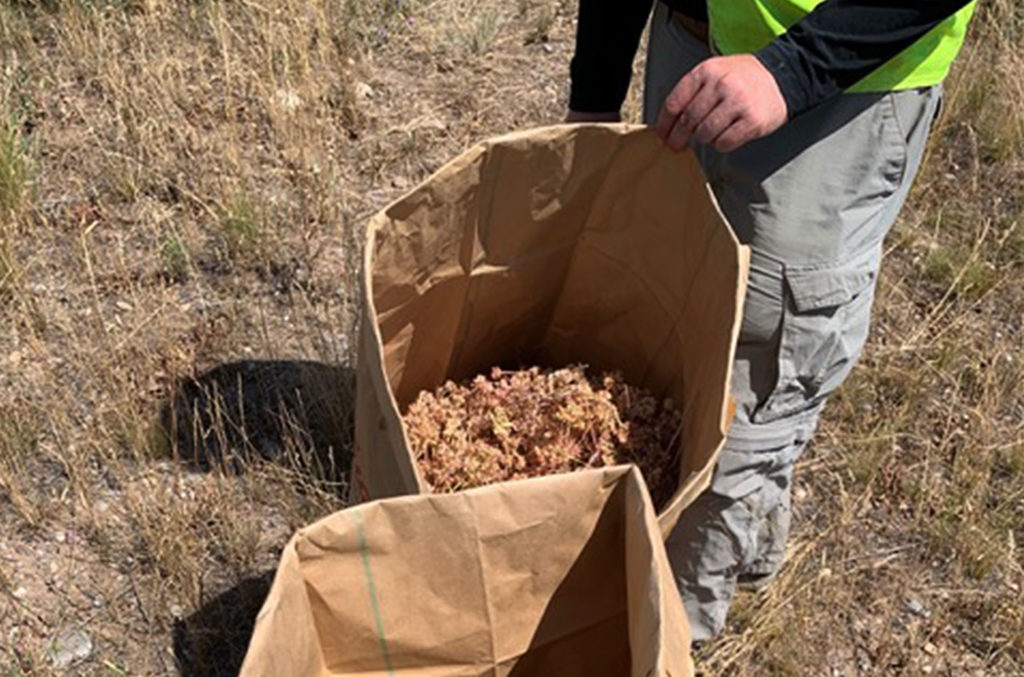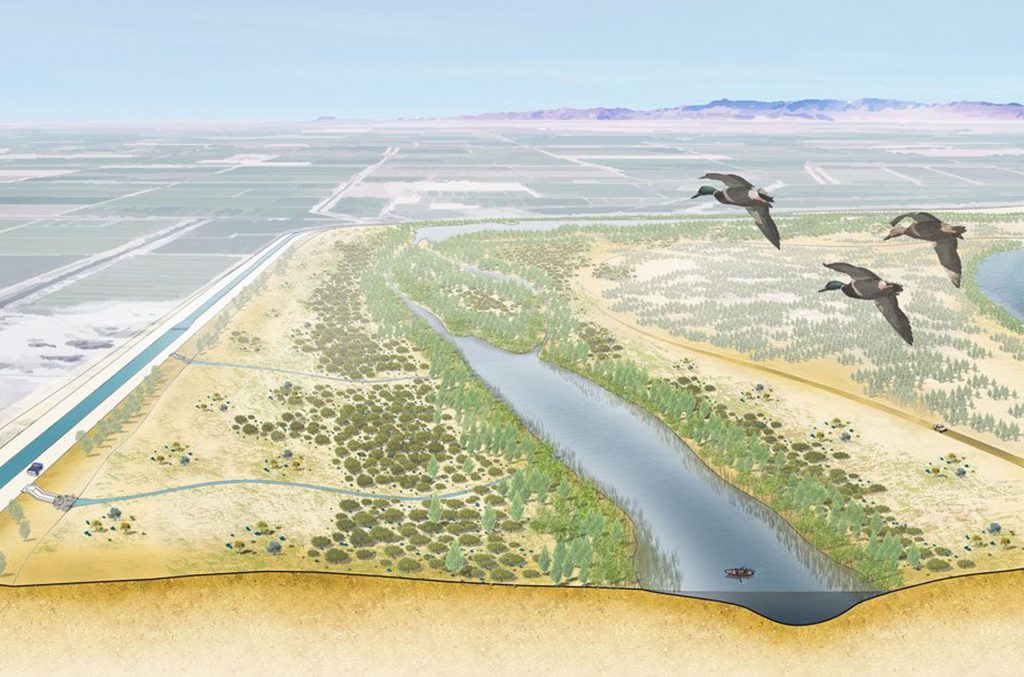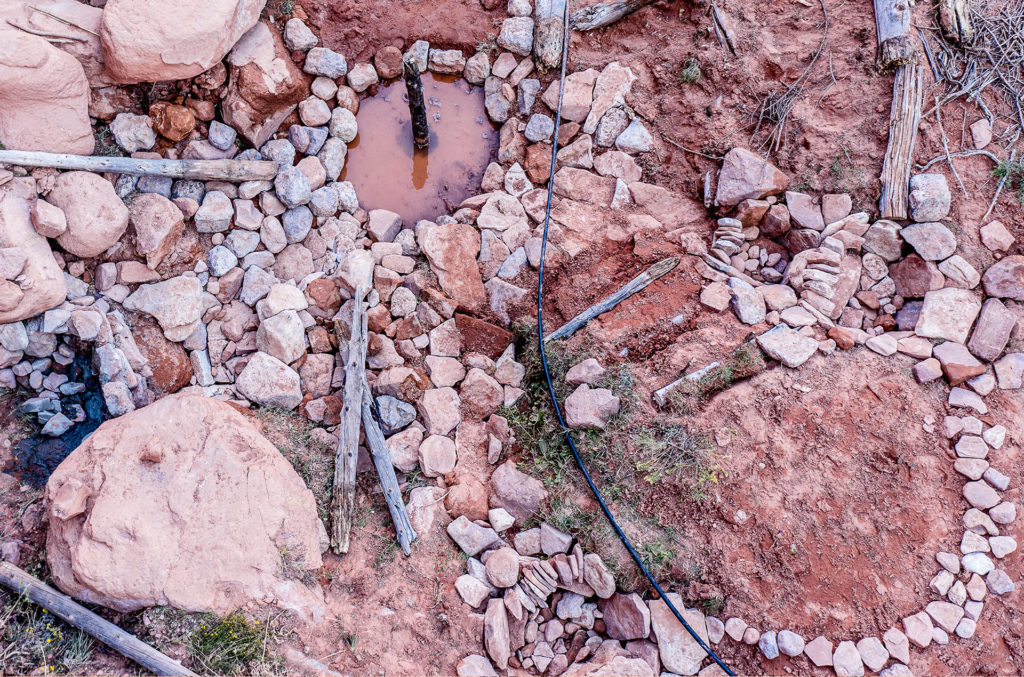
05 Oct FPC Newsletter, 2020 Fall Edition
Even with the rise of Covid-19, Fred Phillips Consulting has been fortunate to welcome a variety of meaningful and exciting projects over the past year. Many of the projects are in the planning stages currently. We have high hopes that they will begin breaking ground very soon. In 2020 FPC designed and planned over 15,000 acres of conservation and restoration in southwest United States and Mexico.
All-new Website Design
We have recently launched our completely redesigned website. Please visit Fredphillipsconsulting.com to check out many of our past and present projects, videos, publications and other exciting news about the work FPC is doing.
FPC is Moving!
After 20 years of business in Flagstaff, Arizona-based Fred Phillips Consulting will be moving its main headquarters to Ouray, Colorado in November 2020. We are excited about the move and looking forward to continuing to serve the southwest. Our Flagstaff, Arizona office will continue to operate as it has for decades.
Miradores Mitigation

Early 2019, Fred Phillips Consulting took part in the design and planning of a 1,150 acre Permittee-Responsible Mitigation project near Harlingen, Texas. The project included creating over 350 acres of “pothole” wetland and the enhancement and creation of 800 acres of coastal prairie and mesquite thorn-scrub habitat. FPC was particularly excited to play a role in the preservation/establishment of habitat for the endangered ocelot, jaguarundi, and Aplomado falcon.
The work included vegetation and topography surveys and developing site revegetation, grading, and long term monitoring plans. The firm was also responsible for procuring the plant materials, construction team, and contractors for exotic plant control, seed and tree planting, and land grading. When completed, this sizeable project will be a model for precipitation-fed “pothole” wetlands and thorn-scrub restoration in the Lower Rio Grande River.
Springerville

The year started with a bang. Under the direction of Oxbow Ecological Engineering, Fred Phillips Consulting worked together to scout, assess, and design restoration plans for three wildlife parks in the mountainous Springerville, Arizona area: Wenima Wildlife Area, Becker Lake Wildlife Area, and Sipe White Mountain Wildlife Area. All three are experiencing the usual trio of suspects: Erosion, exotic plant invasion, and sediment pollution.
The Arizona Game and Fish Department targeted these parks as ideal focal points for restoration efforts and bolstering endangered, endemic species populations. Oxbow Ecological Engineering led the Spring analysis efforts with FPC, taking detailed drone footage that augmented the on-ground soil and salinity data assessments.
After gathering the data and analyzing the terrain, we drafted Preliminary Jurisdictional Determinations for the U.S. Army Corps of Engineers to designate potential wetland areas. We also conducted the biological species research necessary to develop Biological Evaluations to be reviewed by the U.S. Fish and Wildlife Service. The research tightly informed the restoration design; certain species of riparian grasses were chosen, for example, because they are especially beneficial to the endangered New Mexico meadow jumping mouse. Other species we designed toward included the Chiricahua leopard frog, Mexican spotted owl, and Little Colorado River spinedace.
Colorado River Indian Tribes (CRIT) Western Boundary Conservation Plan

Before 
After (Artist’s rendering)
The Colorado River Indian Tribes spent considerable time planning for a transformation in the way their land is managed. When the time became right, they hired Fred Phillips Consulting in 2019 to assist in the creation of a comprehensive master plan and design for the western border of CRIT territory.
Our firm and the Tribe collaborated to develop a plan that protects and restores the regions wetlands, mesquite bosques, and cottonwood forests while also accommodating over 3000 acres of conservation agricultural principles. Native pollinator habitat gardens will inhabit the spaces between crops, simultaneously boosting ecosystem diversity and crop yield.
The question we tried to answer was “How can we blend the traditional and the modern in a way that helps the Tribe the most and targets their wishes?” To bolster CRIT’s economic sustainability, the master plan establishes a quarter-mile commercial easement and a 40+ mile riverfront greenway trail along the Colorado River.
We submitted the finished design plans for the tribe in spring 2020. FPC is honored and excited to support CRIT in its mission to create jobs, and protect land and water rights through sound land planning design. Looking forward to helping them further realize these plans into reality!

Laguna Grande-Larga Restoration

Our firm also had the honor of assisting the Sonoran Institute with creating plans for a restoration project near Francisco Murguia in Baja California, Mexico. Together with Oxbow Ecological Engineering, Fred Phillips Consulting developed a concept plan for over 150 acres of restoration, including habitats for deep/shallow/transitional marshes, willow and cottonwood forest bands, and mesquite pods scattered amidst a prairie upland re-established with native grasses.
The concept plan promotes the Sonoran Institute’s vision to restore and strengthen the health of the Colorado Delta for its wildlife and surrounding communities. The Colorado Delta and its tributaries are in great need of rehabilitation and protection from decades of over-sedimentation, irrigation divertments, pollutant runoff, and invasive species encroachments. Can you imagine a lush band of green running up and down this dusty segment of the Colorado River? We can, and we are working to make it happen.
Petrified Forest Native Seed Harvesting and Invasive Weed Eradication

The work that our firm began in 2019 for the National Park Service continues well into 2020. Due to flash flood erosions and deterioration of park roads, the Service has implemented construction of new culverts to mitigate the damage. The construction work disturbs the ground and soils, leaving the conditions just right for invasive weeds to move in and disrupt the natural ecology of the park.
Fred Phillips Consulting has thus been assisting the National Park Service with the collection of native seed on the park grounds, in order to help re-establish the landscape after construction disturbance. There is no better seed source than what’s available locally! A small team of 3 visited the Petrified Forest in the midst of the desert summer this June to harvest summer seed. Yes, it was hot! But the team was treated to stunning of views of the desert landscape and the joy of getting to know the plants up close and personally. There are plans to return in late September to take advantage of fall seed crops.

In tandem with the seed harvest, FPC staff have also been performing monthly weeding trips to the park to ensure that invasives such as Russian thistle and red brome don’t take over the newly-bare construction ground. With constant vigilance, the use of herbicide is very minimal.
Muddy River

The Muddy River restoration project began in 2017 with the Clark County Desert Conservation Program in Nevada. This year, Fred Phillips Consulting, with Natural Channel Design, drafted a restoration planting plan for approximately 18 acres of parched land adjacent to the Muddy River. The plan makes advantageous use of street and hill runoff and a series of carefully planned irrigation furrows that will give drought-tolerant native plants a good head start in establishment. These plants include mesquite trees, rows of cottonwood, sandbar willow, four-wing saltbush, and inland saltgrass.
We submitted the 60% completion plans this September, and we look forward to helping complete the design plans later this year.
Dowoziebitho Canyon

Lastly, and possibly one of the most exciting projects this year, is the restoration occurring in Navajo Nation–this time, in Dowoziebitho Canyon along a 7-mile stretch of a degraded ephemeral stream corridor.
For some context, the sacred Dowozhiebito Canyon has experienced over 100 years of overgrazing from sheep and cattle ranching, with the impact most obviously seen in erosion, degraded and unhealthy vegetation, and soiled water. Though current permit holders may allow over 850 sheep to graze, the land was determined in 2013 to have a carrying capacity of only 36 sheep. All permit holders recognized the poor condition of the land and wished to initiate sustainable range management.
Fred Phillips Consulting collaborated with the Bureau of Indian Affairs, Navajo Nation, National Park Service, Navajo Nation Fish and Wildlife Service, US Fish and Wildlife Service, the Catena Foundation and private permit holders to complete grazing management plans. The success of the Keet Seel pilot restoration in 2019 leads us to today, as we are currently installing more wildlife-friendly deferment fencing, erosion control structures, and native plantings to restore over 7,000 acres of riparian and upland habitat in neighboring Dowoziebitho Canyon.

It was a true team effort. A heartfelt thanks goes to the Navajo Nation, Navajo Nation Department of Fish and Wildlife, Tsegi Permit Holders, BIA, NNDWS, US Fish and Wildlife Service, National Resource Conservation Service, the Catena Foundation, National Park Service, and especially the FPC work crew for completing this important phase of the project.
The plant revegetation will occur October 15-19. The newly-planted native vegetation and 7 miles of protected riparian corridor will help maintain a stable width-to-depth ratio for this sand-dominated stream, preventing scour from flash flooding events and provide critical riparian habitat.
A Quarter Century of Restoration
Over the past year FPC has revisited many of its past projects. Some of them are at least 25 years old. Here are some recent pictures of those past projects, totaling over 3,000 acres of restored riparian, wetland, and aquatic habitat in the southwest United States.
Yuma East Wetlands, Lower Colorado River

Laguna Conservation Area, Lower Colorado River

Ahakhav Tribal Preserve, Lower Colorado River

Lees Ferry, Upper Colorado River

Chausse Restoration, Colorado River Delta








Sorry, the comment form is closed at this time.